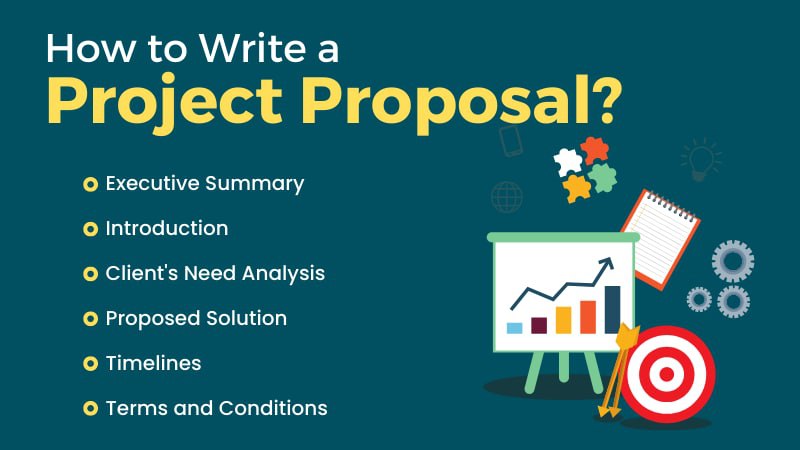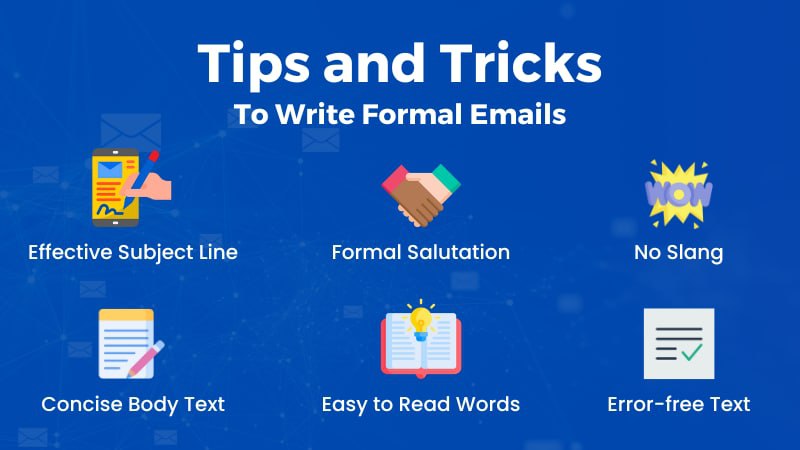How to Write an Appointment Letter
As much pleasure and delight an employee-to-be gets receiving an appointment letter, the same, if not more, is shared the business executive sending it. Besides being a document of goodwill and congratulation, this serves as a contract with necessary details, terms and conditions and therefore needs special attention while drafting.
What is an Appointment Letter?
When a hierarchical superior or an immediate superior of a company finds an individual eligible enough amongst all the various job applicants, the letter of appointment is sent to welcome that lucky person on board. Not only job confirmations, but appointment letters are also the letters written to set up a meeting with anyone. It can be sent to the manager, a client, a business partner or the supervisor to discuss official matters.
Steps to Write an Appointment Letter:
You will have to follow these steps if you want to draft a polished appointment letter. Here I will tell you the steps to write a job appointment letter:
- Use the company letterhead to write the letter. Nothing screams official more than this.
- Add the date and four spaces down, add the employee-to-be or recipient’s details.
- Two spaces down, add the salutation. Now it’s time to sound cordial, so start with, “Dear…………”
- State the purpose in a warm tone, as you would welcome guests to the house.
- Include the employee’s job responsibilities, work hours, details on probation (if any), salary and benefits, you can add other highlights about holidays and vacations, and other terms and conditions; and while you’re at it, you can include the employee handbook.
- Include the date of his joining and working for the company.
- Close the letter positively with a call for contact if needed.
- Add your signature and date and leave space for the employee to sign and add date, too.
There are some other things you will need to include if this is the appointment for some meeting and such:
- In those letters too, you will need to state the purpose after the salutation.
- The place where the meeting will be held, possibly at the recipient’s. There might be a pre-discussed location too, and if that is the case, add that to confirm if it still is where you’d meet.
- Suggest/state the date and time.
- Don’t forget the duration. You need to check if they are available at that time or tell them to suggest one, only after you’ve said yours but it doesn’t fit their schedule.
- You will have to include why the meeting is necessary, and if possible, how the recipient will be benefited by it.
- You can request for a follow-up after everything.
Tips to Remember:
Here are some of the things you’ll need to remember before, during and after writing:
- Use the fonts that make your letter easy to read and understand. The size should not be too big, as it will make the letter lengthy. Ideally, 12, Times New Roman. Cambria and Verdana are good enough too.
- Present all the necessary details. Your “Contact me if you need anything” shouldn’t mean that you’ll draft a just-enough-to-get-the-job-done letter and they’ll have to call you to know the details. No. Give everything that is needed, and invite for contact still.
- Keep it clear and easy to comprehend. Even while you’re adding the details, make it easy to understand. Proofread and edit, edit, edit.
- Try to keep it free from grammatical errors and check the spellings.
- Don’t be rhetorical, or sarcastic anywhere and don’t use all-capitals to say anything. It might look impolite.
Grammar
Read More
- How to Use "Therefore" in Sentences Avoiding Common Mistakes
- How to Use "Whereas" with Examples and Avoid Common Mistakes
- When and How to Use "Thus" Correctly Without Common Mistakes
- How to Use "On the Contrary" Properly with Meaning and Examples
- When and How to Use "Either/Or" with Examples and Common Mistakes to Avoid
- How to Use "On the Other Hand" Effectively without Mistakes
- How to Use "Respectively" with Example and Common Errors to Avoid
- How and When to Use "Moreover" Without Mistakes
- How to Use "Likewise" in Sentences Based on Context & When not to Use
- When & How to Use "Although" in Sentences to Avoid Mistake





